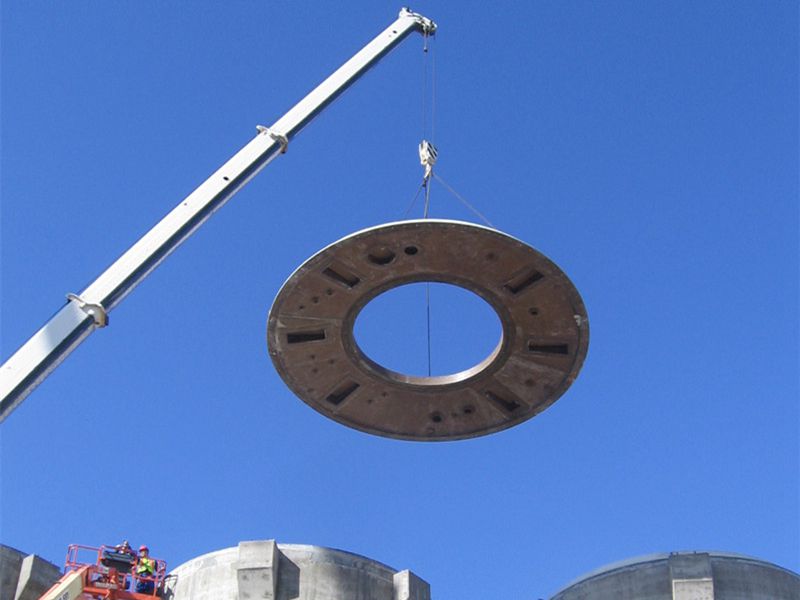
-
 Afrikaans
Afrikaans -
 Albanian
Albanian -
 Amharic
Amharic -
 Arabic
Arabic -
 Armenian
Armenian -
 Azerbaijani
Azerbaijani -
 Basque
Basque -
 Belarusian
Belarusian -
 Bengali
Bengali -
 Bosnian
Bosnian -
 Bulgarian
Bulgarian -
 Catalan
Catalan -
 Cebuano
Cebuano -
 China
China -
 China (Taiwan)
China (Taiwan) -
 Corsican
Corsican -
 Croatian
Croatian -
 Czech
Czech -
 Danish
Danish -
 Dutch
Dutch -
 English
English -
 Esperanto
Esperanto -
 Estonian
Estonian -
 Finnish
Finnish -
 French
French -
 Frisian
Frisian -
 Galician
Galician -
 Georgian
Georgian -
 German
German -
 Greek
Greek -
 Gujarati
Gujarati -
 Haitian Creole
Haitian Creole -
 hausa
hausa -
 hawaiian
hawaiian -
 Hebrew
Hebrew -
 Hindi
Hindi -
 Miao
Miao -
 Hungarian
Hungarian -
 Icelandic
Icelandic -
 igbo
igbo -
 Indonesian
Indonesian -
 irish
irish -
 Italian
Italian -
 Japanese
Japanese -
 Javanese
Javanese -
 Kannada
Kannada -
 kazakh
kazakh -
 Khmer
Khmer -
 Rwandese
Rwandese -
 Korean
Korean -
 Kurdish
Kurdish -
 Kyrgyz
Kyrgyz -
 Lao
Lao -
 Latin
Latin -
 Latvian
Latvian -
 Lithuanian
Lithuanian -
 Luxembourgish
Luxembourgish -
 Macedonian
Macedonian -
 Malgashi
Malgashi -
 Malay
Malay -
 Malayalam
Malayalam -
 Maltese
Maltese -
 Maori
Maori -
 Marathi
Marathi -
 Mongolian
Mongolian -
 Myanmar
Myanmar -
 Nepali
Nepali -
 Norwegian
Norwegian -
 Norwegian
Norwegian -
 Occitan
Occitan -
 Pashto
Pashto -
 Persian
Persian -
 Polish
Polish -
 Portuguese
Portuguese -
 Punjabi
Punjabi -
 Romanian
Romanian -
 Russian
Russian -
 Samoan
Samoan -
 Scottish Gaelic
Scottish Gaelic -
 Serbian
Serbian -
 Sesotho
Sesotho -
 Shona
Shona -
 Sindhi
Sindhi -
 Sinhala
Sinhala -
 Slovak
Slovak -
 Slovenian
Slovenian -
 Somali
Somali -
 Spanish
Spanish -
 Sundanese
Sundanese -
 Swahili
Swahili -
 Swedish
Swedish -
 Tagalog
Tagalog -
 Tajik
Tajik -
 Tamil
Tamil -
 Tatar
Tatar -
 Telugu
Telugu -
 Thai
Thai -
 Turkish
Turkish -
 Turkmen
Turkmen -
 Ukrainian
Ukrainian -
 Urdu
Urdu -
 Uighur
Uighur -
 Uzbek
Uzbek -
 Vietnamese
Vietnamese -
 Welsh
Welsh -
 Bantu
Bantu -
 Yiddish
Yiddish -
 Yoruba
Yoruba -
 Zulu
Zulu
frp rectangular tank
Understanding FRP Rectangular Tanks A Comprehensive Overview
Fiber Reinforced Plastic (FRP) has become a popular choice for tank construction due to its remarkable properties. Among the various types of FRP tanks, the rectangular design stands out, catering to specific industrial needs while providing numerous advantages. This article delves into the features, benefits, applications, and maintenance of FRP rectangular tanks.
What is FRP?
Fiber Reinforced Plastic is a composite material made from a polymer matrix reinforced with fibers, typically glass, carbon, or aramid. This unique combination results in a material that is not only lightweight but also exhibits exceptional strength, corrosion resistance, and durability. When discussing tanks, FRP offers a viable solution in contexts where traditional materials, such as steel or concrete, may fail due to corrosion or structural weaknesses.
Features of FRP Rectangular Tanks
FRP rectangular tanks come in various sizes, tailored to suit different industrial applications. Some of the distinguishing features include
1. Durability FRP tanks are designed to withstand harsh environmental conditions, including extreme temperatures and corrosive substances. This durability extends the lifespan of the tank and reduces maintenance costs.
2. Lightweight Compared to traditional materials, FRP is significantly lighter, making installation easier and reducing transportation costs.
3. Customizability FRP rectangular tanks can be molded into various shapes and sizes according to specific requirements. This customization allows businesses to optimize space and function.
4. Chemical Resistance FRP is highly resistant to a wide range of chemicals, making it suitable for storing aggressive substances and hazardous materials without the risk of degradation.
5. Low Maintenance Due to its corrosion resistance and durability, FRP tanks require minimal maintenance compared to their steel or concrete counterparts. This feature translates to lower lifecycle costs.
Benefits of Using FRP Rectangular Tanks
The adoption of FRP rectangular tanks presents several benefits
- Cost-Effectiveness Although the initial investment might be higher than some alternatives, the long-term savings on maintenance and replacement make FRP tanks a cost-effective solution.
- Environmental Impact The use of FRP tanks can contribute to environmental safety as they prevent leaks of hazardous materials, thus minimizing the risk of soil and water contamination.
- Aesthetic Appeal With a smooth finish and customizable exterior, FRP tanks can be designed to complement the aesthetics of the facility.
frp rectangular tank

- Thermal Insulation The structure of FRP provides good thermal insulation, which is vital for specific applications requiring temperature control.
Applications of FRP Rectangular Tanks
FRP rectangular tanks find extensive usage across various industries, including
- Chemical Processing Due to their chemical resistance, these tanks are ideal for storing acids, alkalis, and other reactive substances.
- Wastewater Treatment They are commonly used in wastewater treatment plants, where their durability ensures effective containment of effluents.
- Food and Beverage Industry FRP's non-corrosive properties make it suitable for storing food products and beverages, ensuring that the materials do not react with the contents.
- Water Storage These tanks serve as a reliable solution for water storage, especially in areas prone to water quality issues or contamination.
Maintenance of FRP Rectangular Tanks
While FRP tanks are low-maintenance, regular inspections and upkeep are crucial to ensure their longevity. Here are some maintenance tips
1. Regular Inspections Check for any signs of wear or damage, particularly around joints and seams.
2. Cleaning Periodic cleaning with appropriate non-abrasive materials will help maintain the tank's integrity and appearance.
3. Monitoring Keep an eye on the contents to prevent overflows or leaks, which could indicate underlying issues.
4. Professional Maintenance Engage professionals for any repairs or significant inspections to ensure the tank operates within safety standards.
Conclusion
In summary, FRP rectangular tanks are a robust solution for various industrial applications, providing an array of benefits including durability, chemical resistance, and cost-effectiveness. Their adaptability and low maintenance requirements make them an increasingly popular choice in modern tank construction. As industries continue to evolve, the demand for innovative materials like FRP will undoubtedly grow, solidifying its place as a cornerstone in the realm of storage solutions.









